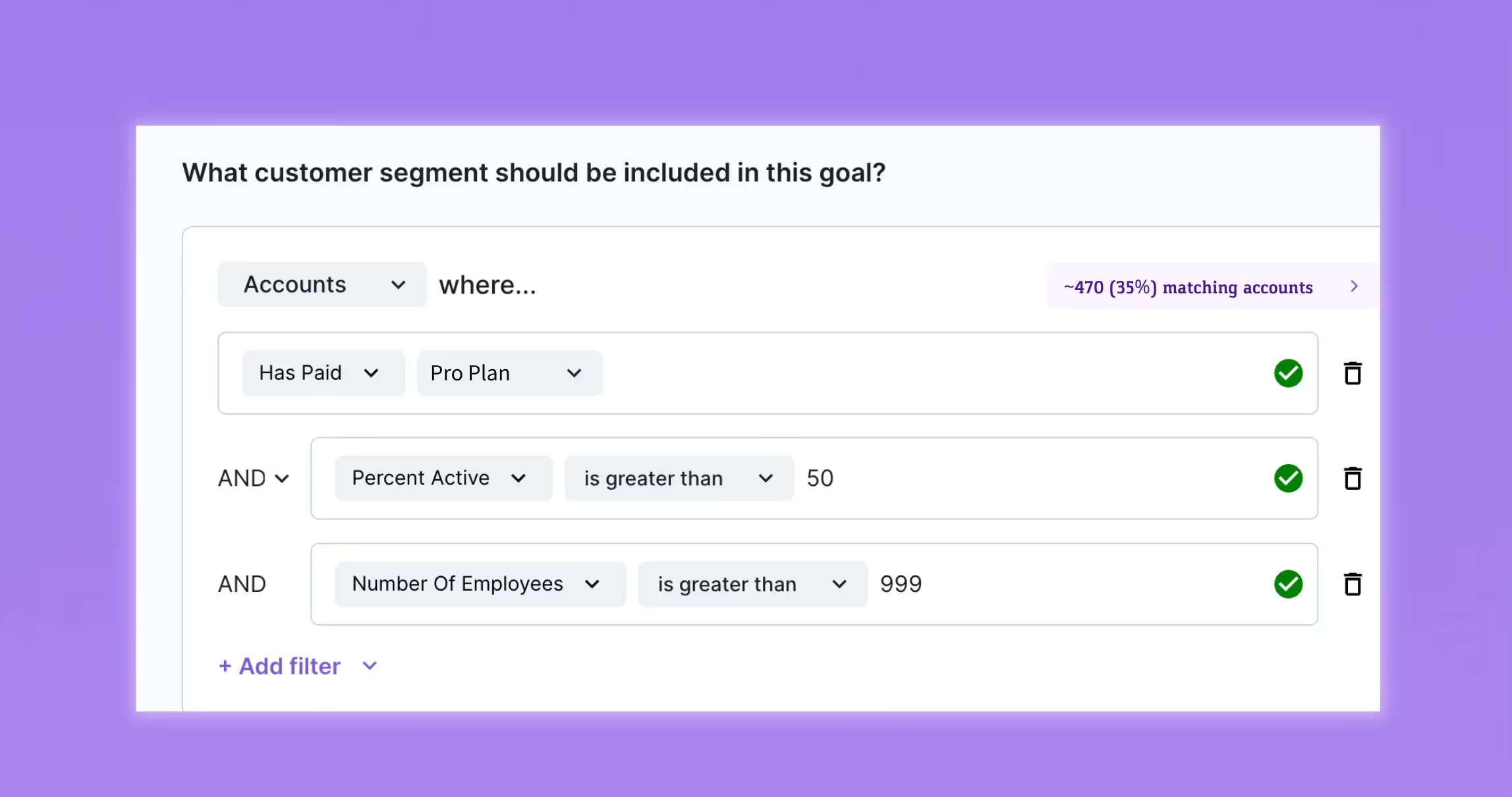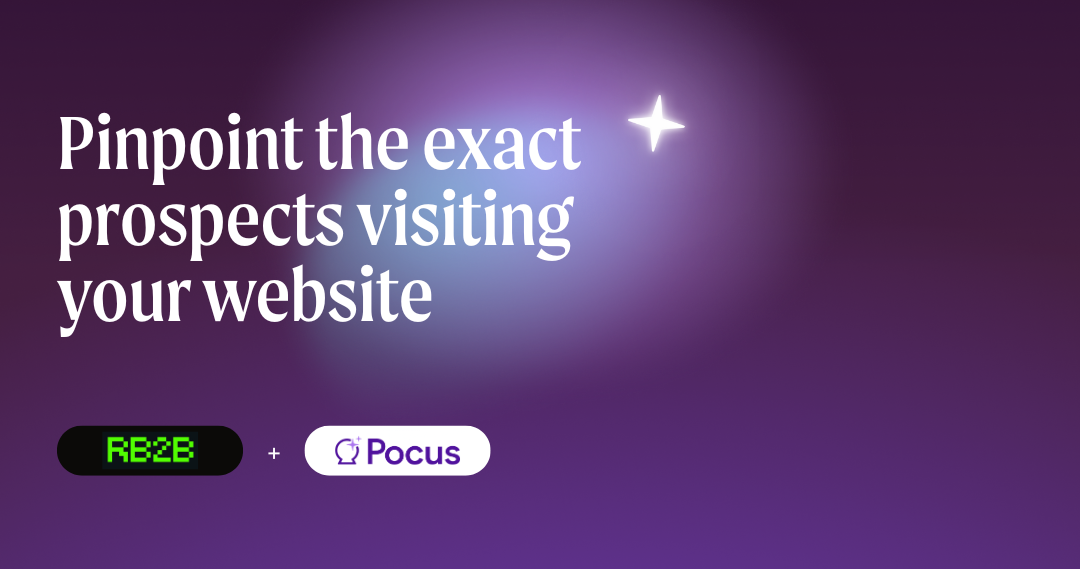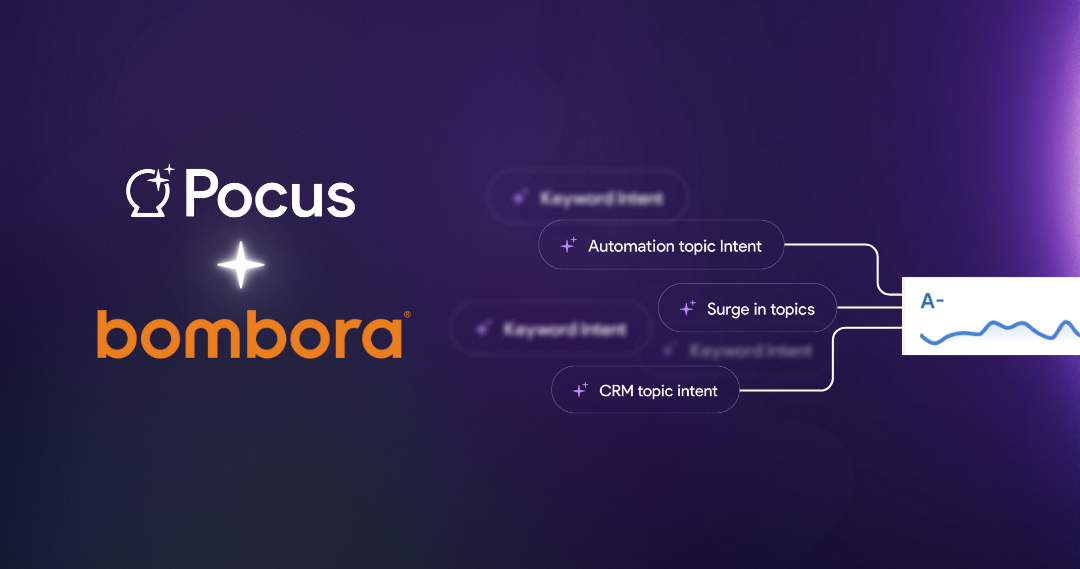There are two main reasons why SaaS companies implement a product-led growth (PLG) model to go-to-market.
- Focusing on user growth first is a cost-effective way to find product-market fit and build a loyal base of users you can tap into to scale revenue. The customer-centric focus of PLG helps companies grow by building the features customers need.
- PLG companies see faster CAC payback, shorter sales cycles, and higher retention rates than their sales-led counterparts. Although it typically requires a higher upfront investment in the product, once the PLG flywheel is spinning, that investment becomes extremely profitable.
As PLG companies mature, they turn their focus from user-growth to revenue growth. But, scaling revenue beyond the initial ‘land’ with individuals, teams, and SMBs is not easy with a self-serve motion alone. Products can’t support an enterprise sales cycle without some enterprise sellers in the mix. Budgets are higher and so are the stakes. Spending $300 a month for a tool your team loves is a whole lot different than approving a $100K investment.
The high-touch sales motion required to align multiple stakeholders for company-wide deployments, might feel in conflict with the end-user focus of self-serve acquisition. This conflict is why so many PLG companies struggle to combine their already successful product-led motion with the B2B sales tactics required to move upmarket.
Revamping your pricing and packaging to include an enterprise tier isn’t enough. Even if you’ve nailed differentiation, you’ll still need to deploy outbound playbooks to get those enterprise leads through the door.
The good news? You can plug in your product-led philosophy right into your outbound motion. The PLG approach to outbound brings together end-user value and business impact by leveraging product champions and usage data to get in front of the right buyer personas with a compelling business case. This is warm outbound — an advanced playbook for companies that have reached a level of maturity in their Product-Led Sales (PLS) motion.
In this article we’re digging into advanced Product-Led Sales (PLS) concepts - if you’re new to PLS, we recommend you start with this Product-Led Sales foundation first.
What is a warm outbound playbook?
A warm outbound playbook is similar to cold outbound in many ways, with a few key differences. With cold outbound, you are prospecting within accounts that have zero awareness of your product. On the other hand, warm outbound is focused on prospecting within accounts that already have some usage on your product.
For Product-Led Sales teams, the warm outbound playbook makes it easier for reps to prospect within your highest potential enterprise accounts proactively. This playbook prioritizes accounts based on their overall enterprise value (ARR potential) and conversion likelihood. The warm outbound playbook also relies on a Product-Qualified Account (PQA) score that looks at the level of engagement across the account (seats used, feature usage), the ICP fit (ARR potential), and expansion signals.
When a warm outbound PQA is surfaced, enterprise sales reps can dig into the account to spot product champions and analyze usage trends to get a clear picture of how your product is solving core business needs. Armed with this information, reps can then tailor their outreach to decision-makers (who are not on the product), tying the product’s value propositions to specific use-cases their team is already leveraging and broader business goals.
Essentially, warm outbound allows reps to do what outbound should always do, but rarely does: reach out with a solution to a problem your prospect needs right now.
Download the PLS Playbook Volume 2 to learn how Webflow, a best-in-class PLG company with a robust self-serve motion, attributes 50% of new ARR to their outbound efforts.
When should you run a warm outbound sales playbook?
If you’re focused on user growth, you probably don’t have enough data to operationalize warm outbound yet. This playbook works best when you already have a strong base of users within the accounts you’re targeting. To get to this stage, we recommend prioritizing Sales-Assist and Conversion playbooks first. Here are some Product-Led Sales playbook examples to scale your PLG motion, before you layer in outbound.
On the other hand, you might be ready to move upmarket with a warm outbound playbook if:
- You’ve reached a plateau from self-serve revenue.
- You revamped your pricing and packaging to include an enterprise tier with feature differentiation (not just SSO or centralized billing).
- You’ve focused your North Star Metric around increasing ACV.
- You have great team or individual usage from ideal enterprise customers, but they haven’t upgraded to your enterprise tier.
The challenge is surfacing these accounts quickly and reaching out to buyers not on your product with business impact incentives aligned to user value.
A fair warning: not all GTM teams will be ready for this playbook. Be very clear on whether you are solving an enterprise level problem before running the warm outbound playbook.
Defining warm outbound PQA signals
Surfacing warm outbound PQAs requires a combined scoring model that weighs product usage across multiple users, workspaces, and teams within an account, alongside customer fit data. The specific qualifying product signals that go into your score largely depend on your product, but here are some common examples that indicate an account is ripe for enterprise expansion:
- Recent surge in number of seats
- Usage outside of your usual personas (i.e. marketing is on the product when you normally only have sales teams)
- Increased usage of collaborative features
- >X% of users are activated (DAU, WAU, MAU)
- >X% of users are power users (they’ve hit certain product milestones).
- Account is nearing or has reached a paywall for enterprise use cases
- Account is showing buying intent for enterprise features (pricing page views, looking at SSO docs etc.)
- Senior decision-maker signs up
As for customer data you should layer into your scoring, think about what qualifies an opportunity as enterprise. Some common examples:
- Company size
- Deal size potential
- Industry
- Target account list
The problem for many PLG companies is that their end-user is not the buyer. So looking at individual usage and surfacing those leads (PQLs) will miss the broader enterprise picture. A warm outbound playbook helps you bridge that gap.

ICP: End-user or decision-maker?
So, let’s talk about the Ideal Customer Profile (ICP) for a second. Is your ICP the decision-maker or your end-user? Technically, it’s both. But, practically, for warm outbound, it’s the decision-maker. This distinction is important as you consider the tactics you’ll deploy to run your warm outbound playbook.
PLG companies usually target an end-user ICP for the initial land via self-serve and launch expansion playbooks to grow the account. This bottom-up approach is an effective sales strategy, but it can cause a lot of friction in the enterprise world. When decision-makers get involved later in the conversation, it usually means kicking off a new sales cycle. Warm outbound removes this friction by servicing the needs of your end-user through the product and tailoring your outreach strategy to the enterprise buyer’s journey. Plus, reps can approach warm outbound bottom-up, by reaching out to power users to help them craft the story they can bring to decision-makers internally.
Warm outbound prioritization loop
The signals we described above are ideal. But, the list of PQAs that match all of them might be a little short. Use scores to help prioritize, but give reps the option to choose the best course of action on a case-by-case basis.
Think of warm outbound accounts as existing on a circle map. Your reps should focus their efforts on the accounts with the highest conversion potential at the center. In Pocus, these would be classified as “excellent” PQAs. These accounts will have a lot of active users and product champions, high ARR growth potential, and fit your ICP.
But, what happens when you run out of those golden opportunities?
Then, it’s time to focus on prospective customers that are a little bit further from the center, they meet the most important criteria, but maybe they’re a step or two behind those “excellent” opportunities in terms of product usage. Your reps can still start running warm outbound to build and nurture the relationship. Lastly, those accounts that are ICP-fit, but still need more users to unlock value, are probably a great fit for a Sales-Assist or Expansion playbook — which tackle an earlier stage of the sales process.

The role of multithreading in warm outbound: Product champions for enterprise expansion
A key part of warm outbound is multithreading. Your reps should engage with product champions within warm outbound PQAs to:
- Get intros to buyers
- Ask discovery questions about how your product solves business needs
- Craft the narrative that aligns ROI to user value to bring to the exec buyer
How do you spot potential champions? By looking at product data. Some common signals:
- Invites/referrals
- Milestones reached
- Daily usage
Combine those with customer data that indicates a power user is a potential champion, based on their level of internal influence, like job function and seniority. Learn more about advanced PQL scoring.

Tailor your outreach to product champions according to their goals with your product, build trust, and help them unlock further value. When reps get this step right, they can rely on their champions to help them multithread, aka, identify key stakeholders, make introductions, and establish goodwill with decision-makers.
Differentiating product coaches from product champions
Distinguishing between influential power users (champions) and individual contributors who love your product, but don’t have internal sway (coaches), can be challenging. Firmographic data is a good place to start, but often, your reps will need to test the waters with some personalized outreach. Job titles can only tell you so much about a company’s culture and processes.
Mark Goldberger (Head of Enterprise Sales at Ramp) shared some insights, in a recent episode of 20Sales. He advised reps to confirm if they actually have a deal champion in the sales cycle by testing them, asking for an intro to the exec buyer. Typically, reps will be met with one of two scenarios:
#1 The champion has the power and influence to get them in front of the economic buyer and are willing to not only make the intro, but help sellers make the sale internally.
#2 They say no, or reps notice reluctance to be included in the conversation.
If scenario 2 happens, Mark says it’s usually due to either A) They’re a product coach without influence over tooling decisions B) The seller hasn't “earned the right yet.” Which means, reps, you’ve got some more nurturing and selling to do.
Engaging with coaches as part of your sales process can be super beneficial, especially when collecting feedback on pain points and aiding in discovery. When running warm outbound playbooks, however, salespeople should be careful not to spin their wheels too much on coaches. Instead, get CS to follow-up to build and reward loyalty!
Learn more about product-led customer success playbooks that will help your GTM team establish tighter feedback loops and improve the end-user experience.
Crafting effective messaging for decision-makers
Once you’ve got your scoring set up to surface warm outbound PQAs it’s time to get outbounding. The key? Hyper-personalized messaging.
Like Maggie Hott (GTM at OpenAI) explained in her article in the PLS Playbook Vol. 2, your point of view (POV) is critical for your outbound sales strategy. Your POV is your hypothesis on why you will deliver the prospect value. It should lie at the sweet spot between what your potential customer cares about and what your product does well. Good thing you’ve got lots of usage data to build your case.

Create a point of view for each PQA
Create a tight POV before every reach-out by considering three categories: industry, contact and customer, and your product positioning. Document your findings in each category, positioning them as answers to key questions and common objections that will come in later as you actually craft email content.
Questions to guide your POV
- What does the company do?
- Which solutions are tied to revenue, cost reduction, customer retention, innovation, etc.?
- How can they leverage your product to improve the productivity of core processes?
- Can you remove friction and delays from processes?
- Are you differentiated in your solution?
- Is your vision for the customer emotional, transformational, and quantifiable?
- What are some relatable customer stories you can share?
- How will the CFO justify spending on your tool?
Personalize individually
While you can personalize messaging based on the industry or company, it's always better to personalize based on the individual persona you're reaching out to. Read articles they’ve published, scroll through their social media posts, check for mutual connections on LinkedIn, look for them on Twitter, etc. The goal is to always make your messaging about them, what they care about, and how you can help them.
Personalize the business case
Lastly, tie all of your research back to intel you’ve gathered from your champion on their workflows and business goals. But, don’t stop there. Seal the deal by pulling account usage data on how their team is solving pain-points with your product now and the increased ROI of going for the enterprise upgrade.
For example, many SaaS products save individuals’ time. That’s great for your users and a direct incentive for them to keep using your product. However, when talking to decision-makers your reps need to make the connection of how time savings across the whole account get their business closer to their goals.
Here’s an email template following Maggie’s 10-80-10 framework for outbound to decision-makers — with an example for Sales Manager ICP.
Set up a warm outbound playbook: Surface and action qualified accounts in seconds in Pocus
With Pocus, the only Revenue Data Platform purpose-built for GTM, your sales team can quickly set up and run warm outbound playbooks - without the help of engineers.
{{form3a}}
Warm outbound sales playbook template

Step 1: Define your sales goal for warm outbound
To set up a warm outbound playbook in Pocus, first create a goal for your playbook.
In Pocus, you can have different playbooks aligned to each of your KPIs — which means you can create multiple warm outbound playbooks depending on a variety of factors like industry or number of users; and measure their combined performance towards your goals.
Goals and Playbooks can be set up at the user, team, workspace, or account level. For warm outbound, set up your goal at the account level.
Step 2: Define the segment of accounts to target

In this case we’re including all accounts on the pro plan that are companies with at least 1000 employees, and have over 50% active users
Step 3: Set up your first playbook

Once you’ve got your goal and desired outcome you’re ready to add your warm outbound playbook.
This is where we’re going to get a little more granular on lead qualification. For our first warm outbound playbook, we’re looking for accounts that have excellent product engagement, good or excellent customer fit, are using above average integrations (since this is a key enterprise use-case indicator), have increased users by 20% in the past month, and have at least one product champion.
This is just a start, you can keep experimenting by creating more warm outbound playbooks with different triggers, for example, nearing paywall, # of invites sent in the past 30 days, increase in WAU, specific feature usage, potential for new use-cases, and more.
Step 4: Define next actions for reps

Since outbound is all about personalization, a human touch is the best action for this sales play. Sales leaders can leave a detailed description for reps, so they know exactly what to do with the qualified leads in their warm outbound Inbox. This way you can create a repeatable sales methodology for all team members — and fast-track sales training of new hires. Then, select what metrics your reps need to see in their PQA alerts. Choose the ones that will help reps in their outbound efforts, as well as prioritize the highest potential opportunities.
Step 5: Arm reps with highest priority PQAs and product usage data

Once a PQA is surfaced, your reps can drill-down into a holistic view of the account, to search for champions and get valuable insights about product usage in real-time. Since Pocus ingests aggregate account data and individual user data, your reps can dig into usage patterns, look for power users, and know exactly why they’re qualified.
By adding integrations to the rest of your sales tools, you can ensure that any updates in the customer lifecycle are automatically synced to CRMs like Salesforce, HubSpot, or anywhere else your reps are looking. Not only that, you can make their lives easier by connecting actions to their favorite tools like LinkedIn, or Outreach, so that they can craft messages, emails, or update deal info, without ever leaving Pocus. That’s what we mean when we say, from insights to action!
Now, all they have to do is their favorite part of the job: sell.
Get started with your upmarket strategy
Ready to move upmarket with warm outbound?
First: Define your PQAs
Second: Find the product champions that will help you reach decision-makers
Third: Craft personalized messaging that ties end-user value with business impact
Fourth: Have fun selling and closing deals!
🪄 More: PLS case studies


.png)


.png)
.jpg)






